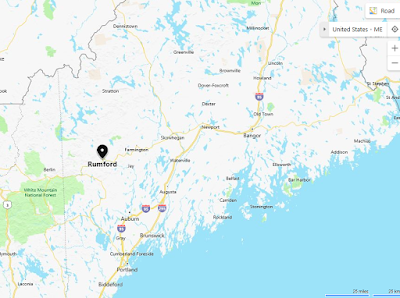Ove Syverson/Severson/Siverson Family and Linden Lutheran Church Cemetery
52 Weeks/52 Ancestors Prompt: At the Cemetery
My great-grandparents, Ragnhild and Ove Syverson, (my paternal grandmother’s parents) worshipped at a small church near their Linden Township farm in rural Minnesota. The church, like the township, was named for a nearby lake, Linden Lake. The cemetery surrounding Linden Lutheran Church holds the graves of many of the Severson family members, and has been a great help in my genealogical research.
Linden Church is located amid fields or corn and soybeans in Brown County, Minnesota. It is accessible only by creeping along bumpy gravel roads that wind around the sharp corners demarcating the property lines of old homesteads. The church is a pretty little white building with a square, squat steeple topped with a six-sided bell tower and black-shingled roof.
There are four arched and not very colorful windows on each side of the sanctuary, and a low, single-story church hall built on the back, looking like a tiny 1950s ranch house grafted onto the much older church.
Unfortunately, few people come to
Linden Church anymore. The countryside around Linden emptied out during the
last couple decades as small family farms were sold to large farm corporations
and jobs disappeared from the surrounding small communities. Young people moved
away, and the older people who remained are now dying off. The church congregation withered away until a few
years ago, the church was forced to close its doors when there were no longer
sufficient funds coming in to heat the building. The remaining parishioners
were forced to worship at the Lutheran parish in the nearby town of Hanska or
to find another church even further away.
Despite the closure, people still care about the property. The cemetery that wraps around three sides of the church is still neatly mowed and tended, and the church is available for special events such as the occasional wedding or funeral. A farm family lives across the road from the property, keeping watch and protecting Linden from vandals.
The cemetery board has done a
wonderful job. The cemetery records have been digitized and are on Findagrave
and are accessible on Ancestry. The cemetery also features a kiosk with a
record book listing the surnames of the people buried there, and a map showing
where the plots are located. I was able to find several ancestors’ graves due
to the efforts and diligence of these volunteers.
Cemetery records helped to clear up
confusion about the number of children the Syversons had, and when they died. The
couple had a young son named Syver, born in Wisconsin in October 1869. This
child disappeared from census records, and a second Syver was born in 1882.
While no stone survives at the cemetery, the records indicate the first Syver—called
Syver Overson in the cemetery records (Ove’s son, a surname conforming to
Norwegian surname patterns)—died in 1876 and was buried in the family plot.
Another son, Ole, was born in 1872 and died the next year. I only know of his
existence due to the cemetery records listing him as Ole Overson and showing
his parents’ names. When another son was born in late 1873, he was named Ole in
honor of his dead baby brother. Without the cemetery records, the duplicate
birth and death dates for the Oles and Syvers would have led to great
confusion.
Ove and Ragnhild also had a
daughter, Anne Sirine or Syrina, born in 1877 who died in 1896, shortly before
her twentieth birthday. Like her little brothers, she has no surviving
headstone.
Ove and Ragnhild’s headstones are
in the cemetery. I noted that there is vacant space around their graves; I
hypothesize that space is the likely location of the three children’s missing
graves.
The cemetery also contains the graves of two of the Syverson children
who reached adulthood, Jorgine Syverson Ahlness, 1879-1908, and Ole Syverson,
1873-1933. Along with Ole’s grave are those of his wife Inger Syvine Broste, 1876-1905,
and their little son Oscar, 1900-1904, who died just a month after his fourth
birthday. Without the headstone for Oscar, I would have had a hard time
confirming his was Ole’s son—Ole’s obituary failed to even mention him.
Oscar Syverson
Ole Syverson
I love to visit Linden Lutheran
Church Cemetery. Its peaceful, remote location evokes the past. I feel closer
to my ancestors buried there, and I am grateful for the work of the volunteers
that contributed to my records of the Syverson family.





























